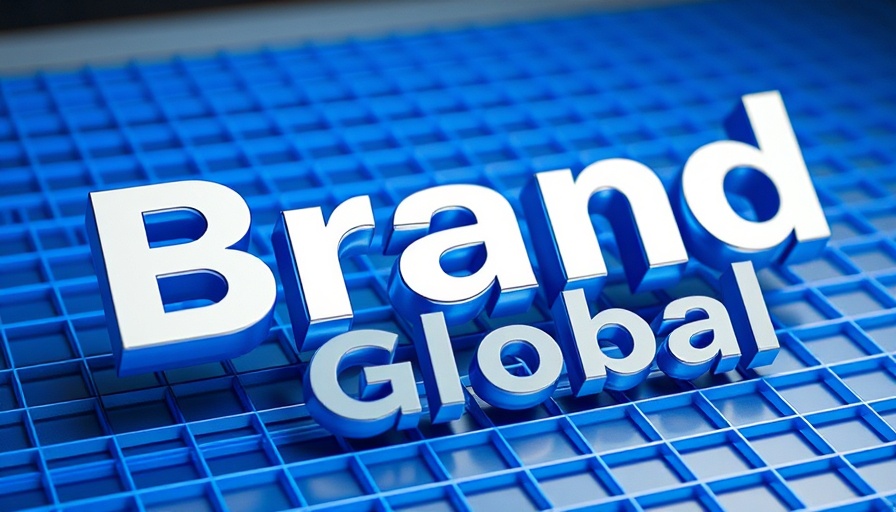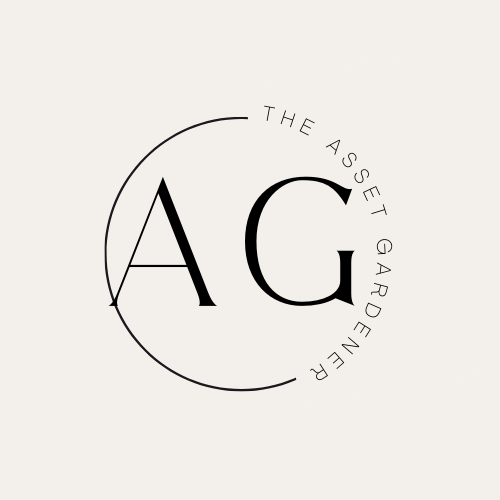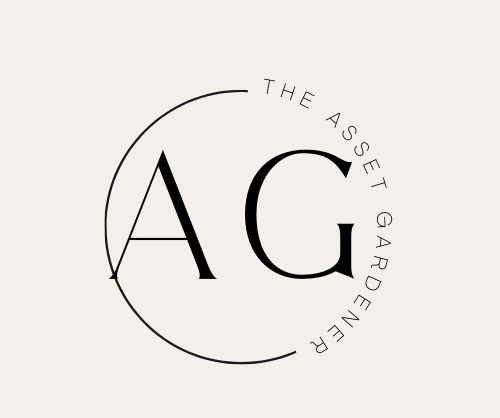
Are You Betting on a Fad or a Future Market Leader?
In today's fast-paced market, distinguishing between a fleeting fad and a sustainable powerhouse is crucial for entrepreneurs and investors alike. Understanding what makes a product a market leader requires dissecting its appeal—does it satisfy practical consumer needs or engage emotional desires?
The Dichotomy of Consumer Products
Consumer products generally appeal to two sets of needs: practical (commodity) and emotional (luxury). Commodity products thrive on affordability and mass-market adoption, while luxury items command higher prices through branding and exclusivity. Brands that successfully blend these elements create hybrids that capture both markets, leading to long-term success. Identifying where a product sits on this spectrum is key to predicting its future viability.
Evaluating Value: The Path of Commoditized Offerings
Understanding the lifecycle of commodity products is essential. They typically progress through three stages: a slow build where they cater to niche markets, an accelerated growth phase triggered by technological advancement or cost reductions, and eventual maturity where innovation or consolidation is necessary to sustain market share. For investors, capitalizing on these insight-rich transitions can lead to fruitful decisions.
Case Studies: Clean Energy and Electric Vehicles
Take, for instance, the clean energy sector. Solar energy prices have plummeted from $77 per watt in 1977 to just $0.11 in 2024, paving the way for numerous success stories like First Solar and Enphase Energy. Similarly, Tesla's transition from premium electric vehicles to mass-market models demonstrates how price drops can transform products into market favorites. Early detection of such critical price inflection points is vital for investors, as they often signal potential for explosive growth.
Learning from the Pitfalls
Conversely, history is rife with once-thriving products that faded into obscurity, such as Orkut, which lost relevance due to stagnation. Its decline serves as a cautionary tale for entrepreneurs and investors alike: continuous innovation and adaptation are non-negotiable for survival.
If you're keen on making informed investments or building a resilient business model, prioritize the understanding of market trajectories. Follow transformative trends and learn from both successes and failures to position your investments wisely.
By keeping a close eye on consumer needs and market trends, you can avoid the trap of investing in fleeting fads, instead cultivating a portfolio of future market leaders.
 Add Row
Add Row  Add
Add 




 Add Row
Add Row  Add
Add 
Write A Comment